Natural heritage sites along pilgrimage routes offer ideal possibilities for inward-looking yet studying the earth of prehistoric times, its current flora and fauna and activities of preserving it. These characteristics fit well also into the concept of “slow tourism” getting away from the fast pace of everyday life. The rurAllure pilot will focus on the Mária Út (also known as the Way of Holy Mary, or Via Mariae), a spiritual way used since the Middle Ages. The “Pannonian landscape” presents a holistic view of life and nature. At a typical site in Hungary and in Transylvania, one can just experience a peaceful feeling of contemplation. Along Mária Út, though, the pilgrims may visit numerous sites of built cultural heritage. Accordingly, the focus on natural heritage seeks to offer pilgrims a new perspective, integrating these smaller, relatively unknown rural sites into the cultural network along the European pilgrimage routes, increasing the numbers of visitors and contributing to the general prosperity of the affected regions. The aim is to build up a unified pilgrim’s way among the different religious traditions of Central Europe, and to create a network between these places.
Csíksomlyó became a pilgrimage site in 1567, when Hungarian king John II Sigismund Zápolya wanted to convert the Székely population of the upper Csík to Protestantism. The Székelys refused to abandon the Catholic faith and resisted. A battle took place on a nearby field, on Saturday before Pentecost 1567, from which the Székelys emerged victorious. The monks saw this as a sign of the care of Virgin Mary, and since then, this event has been commemorated by a pilgrimage when the believers gather on Pentecost every year. Beside its religious importance, the pilgrimage has also become a community event demonstrating spiritual unity of Hungarian people living in and outside the historical region of Transylvania.
The Way of Mary Association (Mária Út Közhasznú Egyesület, MUTKE, a rurAllure partner) was founded in 2006 in Hungary. They have organised the ways in Hungary and have coordinated them in other countries as well, with the goal of connecting the most important Mary shrines in Central and Eastern Europe: Mariazell, Șumuleu Ciuc, Częstochowa and Međugorje; along with other smaller pilgrimage locations (Máriapócs, Máriaremete). These holy places have been attracting worldwide visitors for centuries. Among the members there are several municipalities along the routes, so the project counts on their continuous involvement. The implementation of the way in Transylvania is coordinated by the Transylvanian Way of Mary Association (an associate partner), which was founded in 2012, together with other partner-organisations, with the Caritas Alba Iulia and the Transylvanian Carpathians Association. The organisation manages a network of churches, authorities and local governments, SMEs, associations, local communities, and volunteers, as well as fundraising activities.
The Mária Út covers 9 countries: Austria, Hungary, Romania, Slovakia, Poland, Croatia, and Bosnia and Herzegovina. Central-European sites are connected by walking, bike and horse trails and have a strong influence of Mary homage through local and regional pilgrimages. The first main route goes West-East from the German Altötting district through the Austrian Mariazell all the way to the Romanian city of Șumuleu Ciuc; the second stretches North-South from the Polish city of Częstochowa to the Bosnian Međugorje through three main routes, all connected into a network. The way thus draws a large cross upon the map of Central Europe.
The Hungarian organisation has formal cooperation agreements with other pilgrimage associations: the Transylvanian Association of The Way of Mary, the Slovak Association of The Way of Mary, the Way of Saint Elizabeth, the Hungarian Association of the Camino de Santiago (The Way of St. James), the Way of Pearls and Pauline 70 Association (pilgrimage of the Pauline Order). The Transylvanian association has a good relationship with the Association of Friends of Camino de Santiago and in some areas (Cluj, Praid and Dealu) one can see the sign of both routes as a testimony of cooperation.
Mariazell has been attracting pilgrims since the 12th century and it is therefore one of the most important shrines in Central Europe. Approximately 1 million pilgrims visit it annually. Șumuleu Ciuc, in Romania, has been a popular destination for pilgrims since the 15th century. Even today hundreds of thousands of people visit it annually for this reason, the main pilgrimage event takes place at Pentecost. Częstochowa is one of the most popular shrines in Poland. According to the legend, Luke the Evangelist painted the portrait of Black Madonna, which to this day attracts millions. Međugorje is located in Bosnia-Herzegovina and the appearances which began in 1981 attracted more than one million pilgrims each year.
The networks for the main routes of Częstochowa-Međugorje and Altötting-Șumuleu Ciuc have entirely been identified and recorded almost a third part of the entire route (5.00km) has been marked. In three of the countries, NGOs have been created to develop the routes. A network between the settlements and their offered services is currently in formation. This topic is appearing in other events as well, such as the 40-day pilgrimage; the 3-5 day pilgrimages. The unorganised pilgrimages for close acquaintances have all become more popular. The maps, guidebooks, and GPS applications have all been completed for the main sights of the important route between Mariazell and Șumuleu Ciuc. Pilgrim counts are estimated around 20.000 pilgrims per year on the whole section of the route, which results in approximately 30.000 guest nights/year. Although Șumuleu Ciuc is the final destination of the route, the estimated number of pedestrian pilgrims on the Transylvanian section is 2.000 people per year. The majority of them are from Hungary, but the number of visitors from different European countries has a growing tendency.
In relation to accommodation, pensions are available in the more developed sections, but an important part of development is to organize accomodation and disseminate it. While in Hungary one can choose from several officially listed ‘pilgrim accommodation’ places, this category still needs to be legalized and developed in the Transylvanian section of the route. The current alternatives are parishes, parochial places or family houses. As for catering, pilgrims value local products and cuisine. The Way of Mary gives the opportunity to promote the local products from the small farmers or from the small restaurants and groceries as well. Information on natural water sources is yet essential. Information and resting points: Non-stop receptions function at already established touristic points but there is a need to build some orientation points tailored to the needs of pilgrims. New resting places have to be constructed, old ones repaired, and they should be provided with adequate infrastructure. Pilgrims information still not available in important venues (first-aid centres, pharmacies, transportation, cash points, etc).
The tradition of pilgrimage and Mary homage has been on the Hungarian List of UNESCO Intangible Cultural Heritage since 2016. Although not an official recognition, the Transylvanian Association is proud of the fact that in 2019 a Slovenian and an Austrian delegation paid them a visit, to study the Transylvanian route and use it as a role model. The association’s initiatives are welcomed by the Ministry of Tourism of Romania. The construction and continuation of The Way of Mary in Iași and Suceava county started in March 2019.
The Hungarian section of the Way of Maria crosses 5 EU NUTS2 Regions of different economic and demographic characteristics; the rurAllure pilot will cover 4 of those: Nyugat-Dunántúl (HU22), Közép-Dunántúl (HU21), Közép-Magyarország (HU12) and Észak-Magyarország” (HU31). In Romania the Way crosses the RO11 “Nord-Vest” and the RO12 “Centru” NUTS2 regions; the latter will be covered in rurAllure too, more precisely in Harghita and Mureș counties. The areas of interest in Slovakia fall under NUTS2 SK03 “Central Slovakia”.
Hungary, Slovakia and Romania are characterised by large rural areas. The pilgrimage route traverses mainly these parts of the countries. The age of population in 2018 was not far from the EU 28 median age of 43,1 years, although statistics are “distorted” by the presence of larger cities in all regions where the median age is lower than in the rural areas. According to 2017 data the per capita GDP in the HU31 Észak-Magyarország region was among the lowest, only 46% of EU28 measured in PPS (purchasing power standard). GDP in SK03 Central Slovakia is the lowest of all Slovak regions. In general all the regions of our focus have per capita GDP data below 75%. of EU28 average. The following table summarizes the per capita GDP data of all examined regions for 2017. The most rapid growth rate in wealth generation during the period of 2008-2017 was among regions that had lower GDP per inhabitant than the EU 28 average. Romania’s Centru Region is one of them with more than 4% yearly growth rate starting from a very low base in 2008. Unemployment in these regions is low on average, less than 5% of the labour force aged 15-74 Years. These data are distorted by the vicinity of cities and industrial activity in the area. Where the routes cross, the rural areas show more modest dimensions.
Current descriptions of the Mária Út have a stronger emphasis on constructed cultural heritage while natural focus is often missed, especially as the route does not go in the vicinity of a well-known national park. Nevertheless, the route boasts a relevant natural heritage: caves and cave systems, waterfalls, gorges, creeks, cenic observation points, birdwatching areas, traditional pastures and livestock, etc. There are also botanical gardens, protected plants areas and (natural) herb gardens. During the first stage of the pilot, rurAllure will examine 2 smaller parts of the route within Hungary with a natural heritage focus. Later on, the plan is to complete the route up to 500 km. In Transylvania (Romania) the plan is to develop one larger section of about 200 kms and in Slovakia the whole northern-southern section of 216 km.
The unifying feature of the route is the adoration of Virgin Mary. The routes have evolved over the centuries carrying also our natural history and, similar with other pilgrim’s ways, bring pilgrims closer to nature. It shows not just the beautiful part, but also the scarring characteristics of the landscape, the garbage that cannot be seen from the car. Owing to the fact that these pilgrimages are far away from the traffic, the tourists are invited to experience small treasures or interesting, small happiness and beauties of nature. In this sense, the Way of Mary is special because it is mainly traced through nature: pilgrims do not only look for the religious experience; but also for the spirituality in people and places. The route crosses some regions with important regional-touristic facilities, promoting especially constructed heritage. Natural heritage is much less known in the international touristic market. In Romania, due to the larger country size the knowledge about the sites along the route has to be improved on national level, too.
The attractiveness of the territory is defined by the mix of several factors. They can be grouped in various ways, like destination attractions (e.g. variety of attractions, uniqueness, climate), the quality of support facilities and services (e.g. accommodation, shopping, tours, info points, safety, security) and the people-related factors (quality of supporting personal, level of knowledge of foreign languages). The profile of pilgrims has also changed considerably in recent years:
A shared digital exhibition showcasing the main categories of “natural heritage” will take priority. The pilot plans to create virtual countryside and forest discovery paths presenting various sections of the natural heritage along the selected routes. IT experts and natural scientists will be involved in the design, along with the Mária Út Association and local organisations in order to reflect the region’s development aim’s. It is envisaged to design a virtual nature trail of a gorge along the route showing its surroundings, panoramic points, special flora. On another virtual trail one will be able to examine the interior of a cave including its geological characteristics and the life of bats living there. The pilot plans to dedicate a trail also to the cultivation and processing of aromatic and medicinal plants. An interesting virtual nature trail can be dedicated to bird-watching, as well. During the first years of the project, it is planned to prepare a shorter version of this information for the pilgrims, in order to raise their curiosity and attract them to the natural heritage sites. In the dissemination phase all this information can be shared online: at web-sites of touristic points, or dedicated touristic platforms such as in Transylvania the Visit Harghita and Visit Mureș. There may be opportunities to enrich the digital trails involving the pilgrims themselves (crowdsourcing) by offering them the opportunity to share their photos and comments.
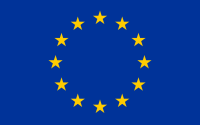
This project has been funded by the European Union’s Horizon 2020 Research and Innovation programme under grant agreement no 101004887.
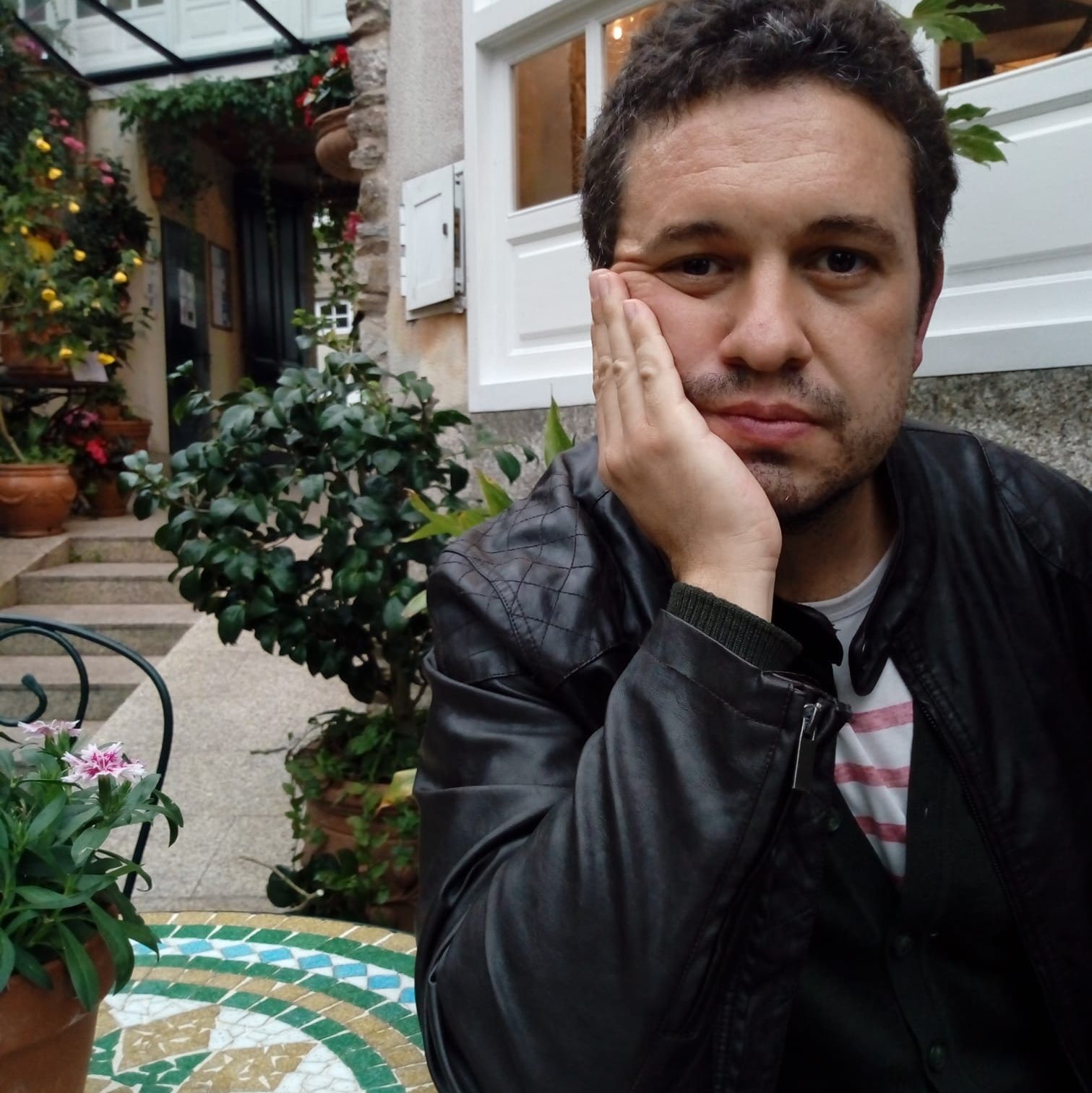
FUN Technical Assistant for Heritage Management and Disseminations. Filmmaker and Writer he has studies on Cinema Direction and Laws. Guide to Novoneyra’s House Museum.
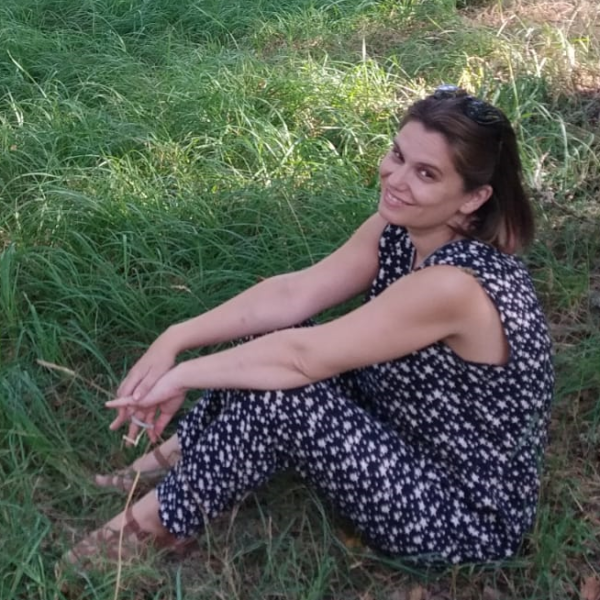
Responsible for Administrative task & management. Diploma in Social Work, specialized in Public administration and inclusion. More than 10 years of experience in management of various social care programs with different groups, developing and implementing projects of sociocultural social intervention.
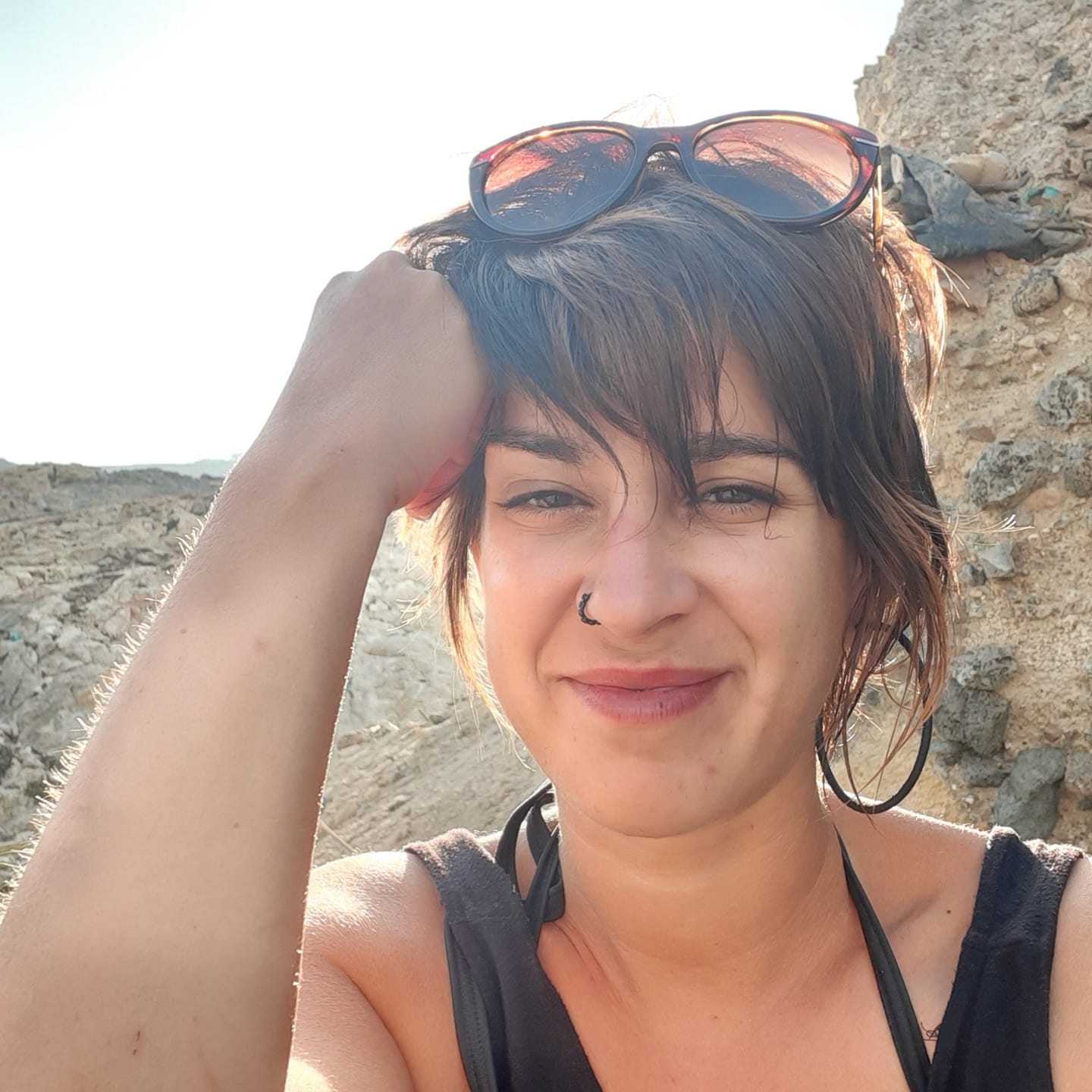
FUN Technician for Tourism Strategies and Internationalization. Phd in Journalism & Media and Postgraduate in Tourism Destination Marketing. More than 10 years of work experience in local tourism policies and strategies. Comms Officer for the European Cultural Route of Historic Thermal Towns (EHTTA) between 2016 and 2018 and certified SICTED Agent.
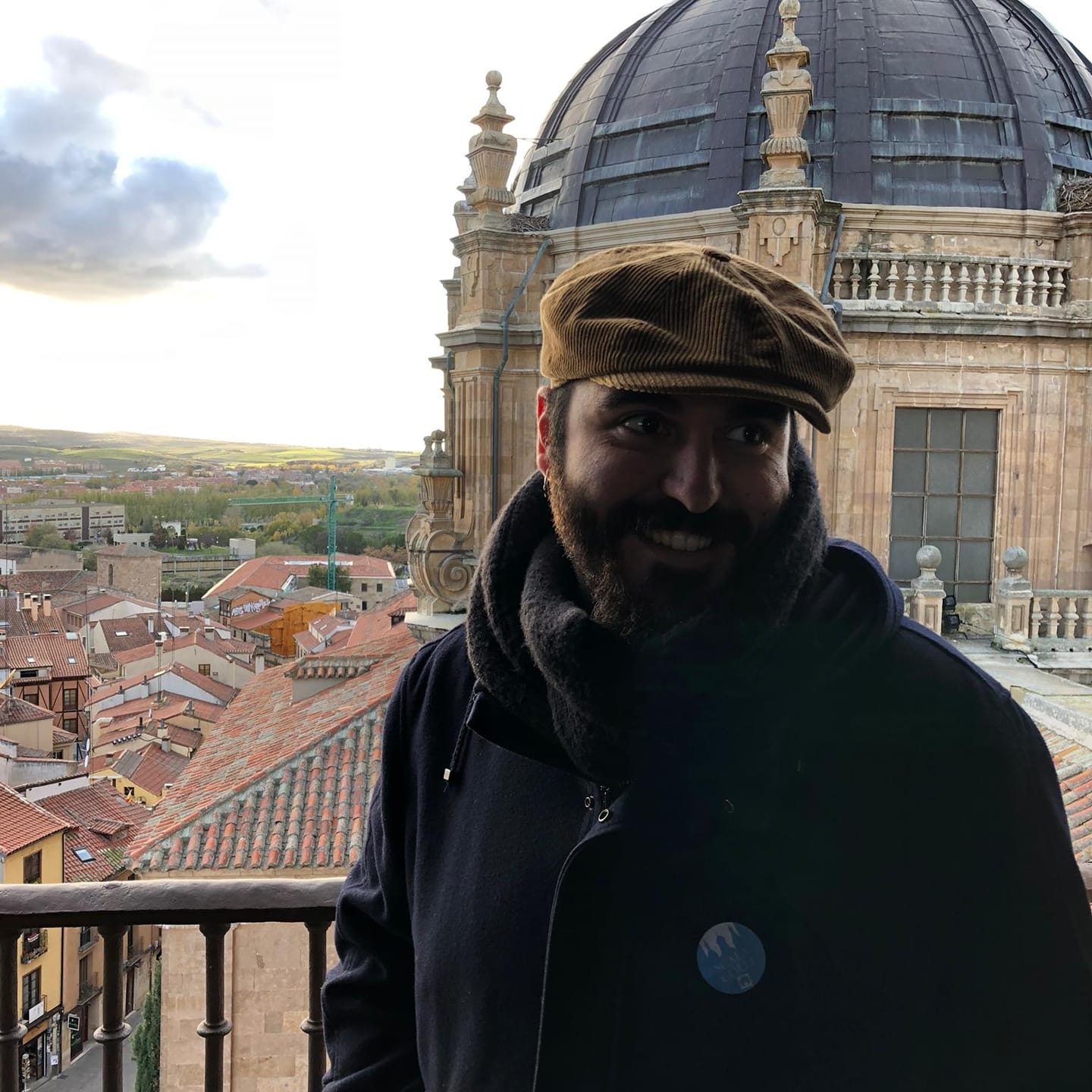
FUN Technician on Cultural Management. Phd in History and Postgraduate in Digitization of Cultural Heritage. Trained on Heritage Management, Museums and Archaeology he is responsible for the management of the FUN Archives and guide at Novoneyra’s House Museum.

FUN Junior Technical Assistant on Communications. Degree in Audiovisual Communications. Graphic design, audiovisual contents and DigitalMarketing tools.
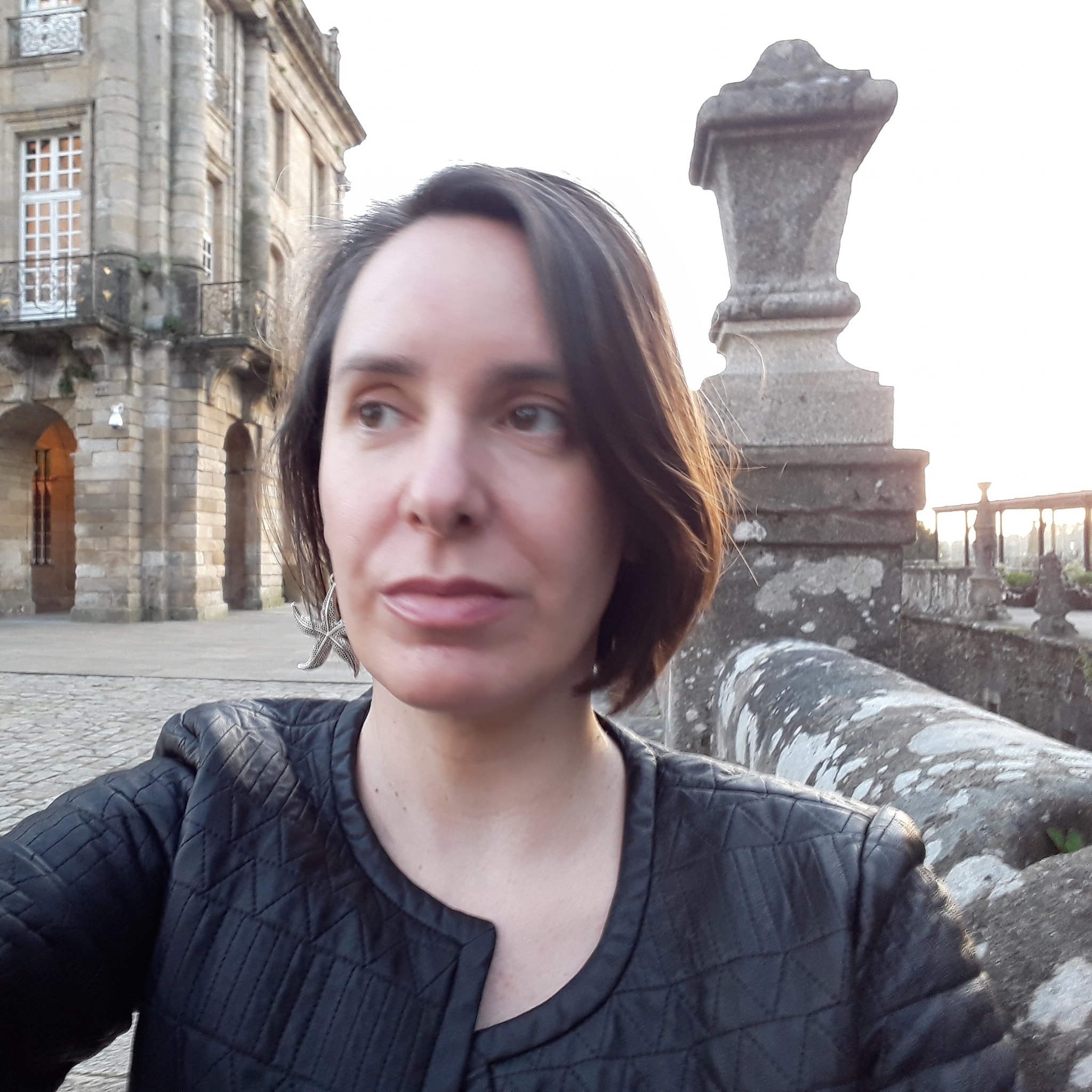
FUN Arts Director and Member of FUN Board. Technician on Cultural Management. Phd on Art Education and Political Sciences and Master in Digital Publishing. Between 2015 and 2019 she was the Deputy Mayor of the City Council of Santiago de Compostela and Cultural Policies Councillor and since 2019 opposition councillor.
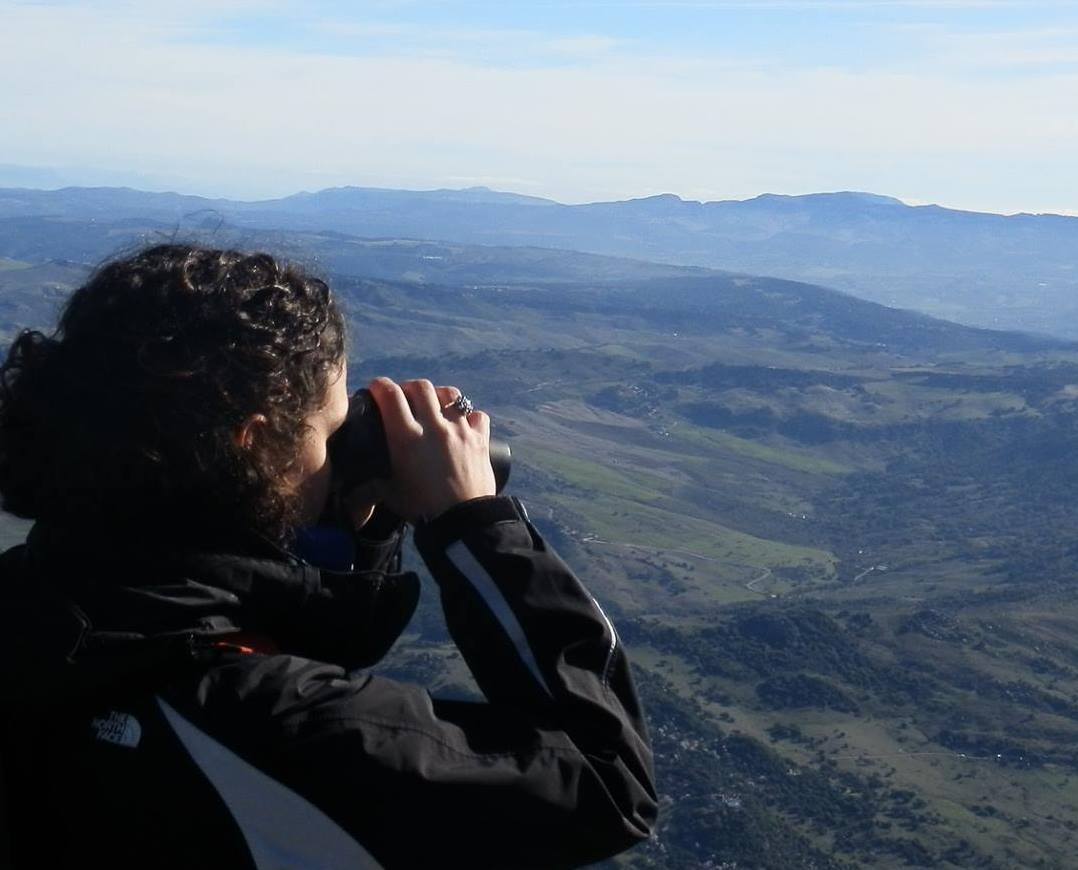
FUN Technician on Sustainability and Environmental Awareness. PhD in Biology and MSC on Biodiversity and Conservation Biology. Experienced in Environmental Education (formal and non-formal, she has volunteered with organizations including the Max Planck Institute of Ornithology and the Doñana Biological Station (CSIC).
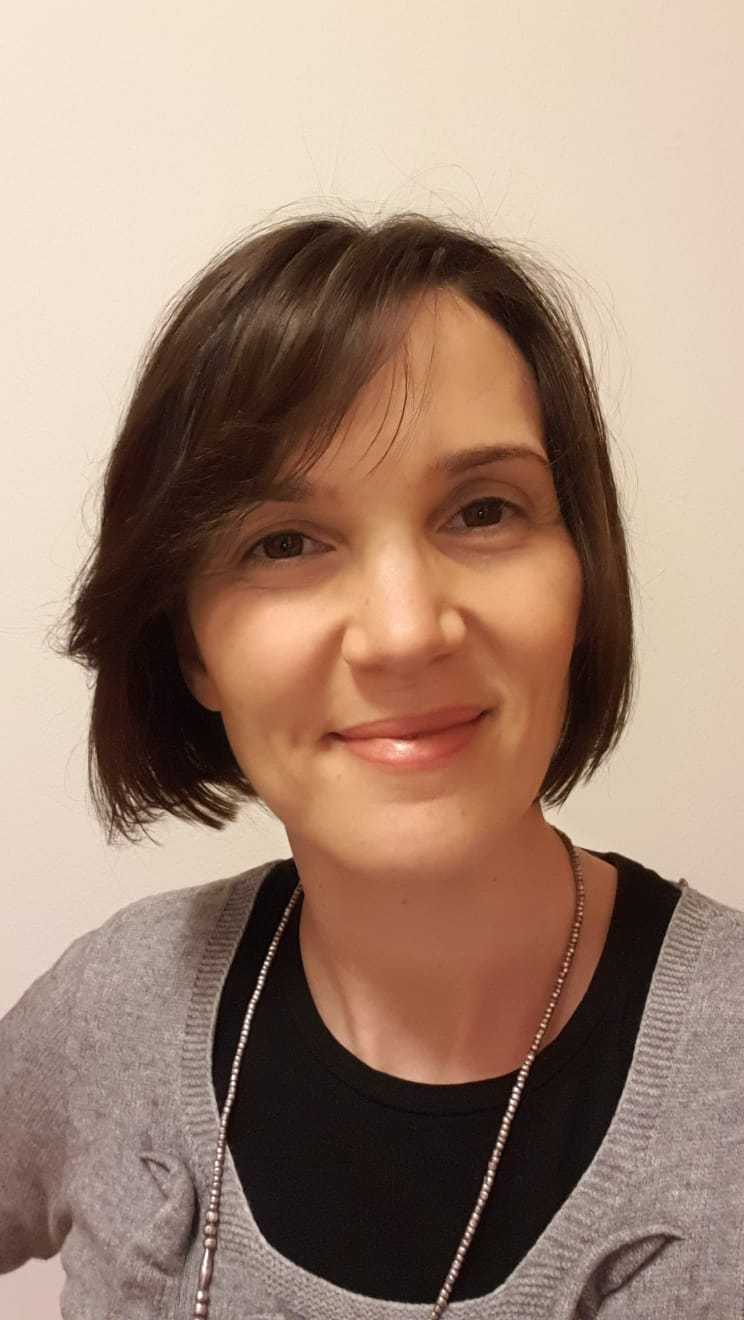
Silvia has a Master’s degree in History of Arts and Conservation of Artistic Heritage, obtained at the Ca’ Foscari University of Venice. From 2009 to 2012 she worked at the Diocesan Pilgrimages Office with the task of organizing pilgrimages to the Middle East, managing the collection of books “Bible and the Holy Land”, organizing the international cultural event “Lymph of the Olive” and to coordinate volunteers. Since 2012 she has worked at the Girolomoni Cultural Foundation in the Marche Region, with administrative tasks, organization of events and editing of the magazine Mediterraneo Dossier dedicated to biology, religion and current affairs. Since 2019, she has worked for the Homo Viator – San Teobaldo Foundation where she has the task of managing pilgrimages, the communication of the Foundation and supporting the Romea Strata project.
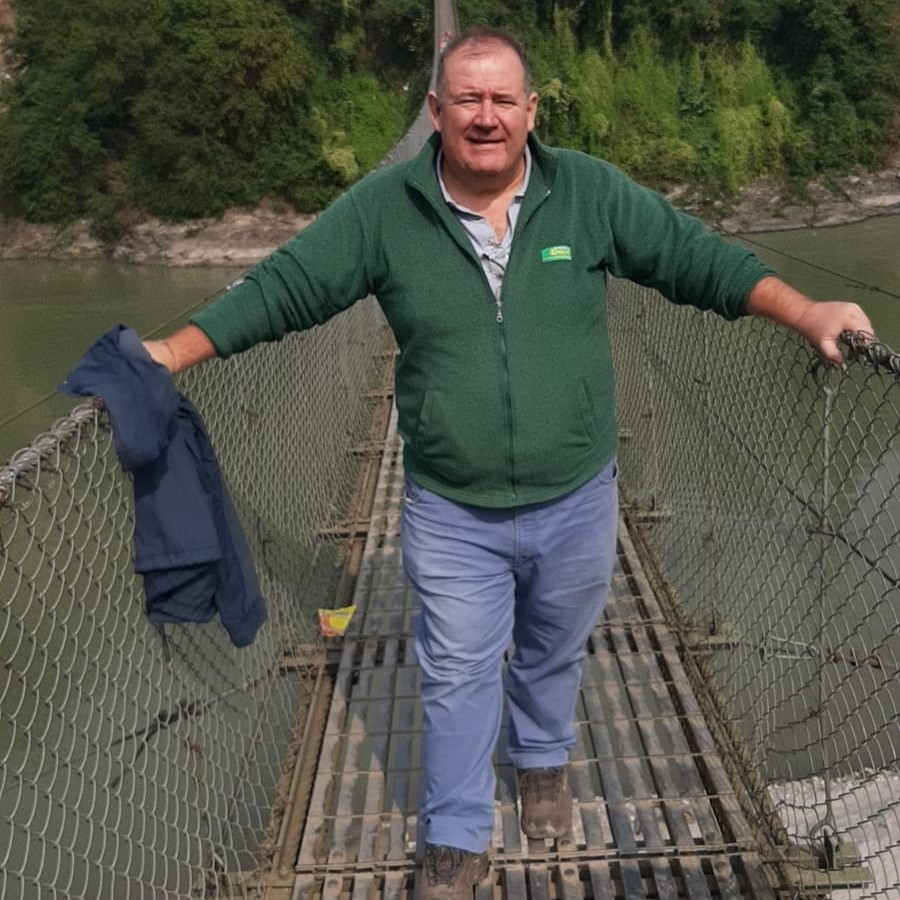
Raimondo Sinibaldi has been the Director and the legal representative of the Pilgrimage Office of the Diocese of Vicenza for ten years and the President and the legal representative of the Homo Viator Foundation, wanted by the Diocese of Vicenza. For thirty years he has accompanied groups of pilgrims in Biblical Lands and in significant places of pilgrimage, such as Rome, Santiago de Compostela, Częstochowa, Lourdes, etc. In particular, as far as the Holy Land (Israel-Palestine) is concerned, he has the official guide certification issued by the competent ecclesiastical authorities, having completed studies in the Theological Faculty of Vicenza and at the Jesuit Community in Jerusalem. He contributed to the ideation and promotion of the Romea Strata project.
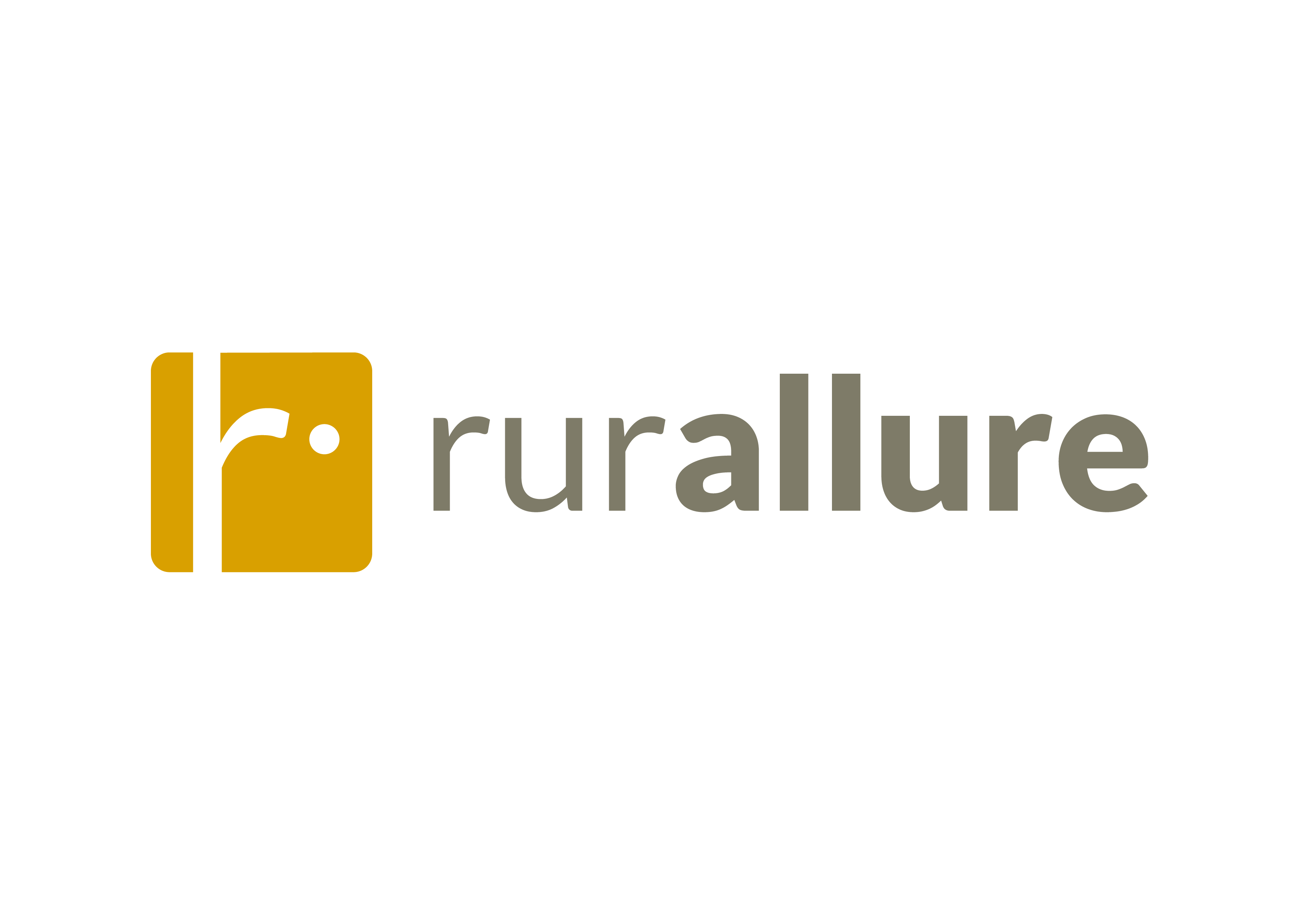
Romea Strata coordinator. has a Bachelor’s Degree in “Forest and Environmental Sciences and Technologies”. She worked at the “Regional Forest Service” in Veneto Region managing the administration of projects, as Director of extinguishing forest fire department and teaching courses in the
environmental sector. Since 2015 she works at the Pilgrimage office (now Homo Viator Foundation) managing the Romea Strata project. She traced the route, georeferenced it and collaborated in the realization of European projects for the Office.

Aleksandra has a Master’s Degree in Sociology and social research. After graduation, she also attended two advanced training courses in “Innovation in social enterprises”(2015) and in “Project Management”(2019). In her last experience she worked for 4 years in a social cooperative as Accessible travel and tourism manager where her main tasks were: implementation of new accessible tourism services; organisation of holidays option for users with disabilities; management of fundraising activity; participation in EU-funded projects; care and management of the PR and communication activities; start up and management of a new accomodation facility. Since October 2019 she has worked for Homo Viator San Teobaldo Foundation as a referent for EU projects related to Romea Strata and its implementation.

rurAllure project officer for EAVF. Myra has a background in Italian Language and Culture, and has previously worked in the field of International Higher Education. She will be managing the rurAllure communication channels and contribute to the Thermal Heritage pilot. Myra has a great love for bike touring and the environment, and is the founder and president of environmental initiative Cycle 2 Recycle.

EAVF director. Leading the EAVF since 2013, Luca has extended work experience in international organisations and public bodies. With a background in art history and tourism, he is a freelance journalist, consultant, and a hiking enthusiast. Among his publications there are numerous articles in Italian internet media and a book “Via Francigena – una Strada Europea”.
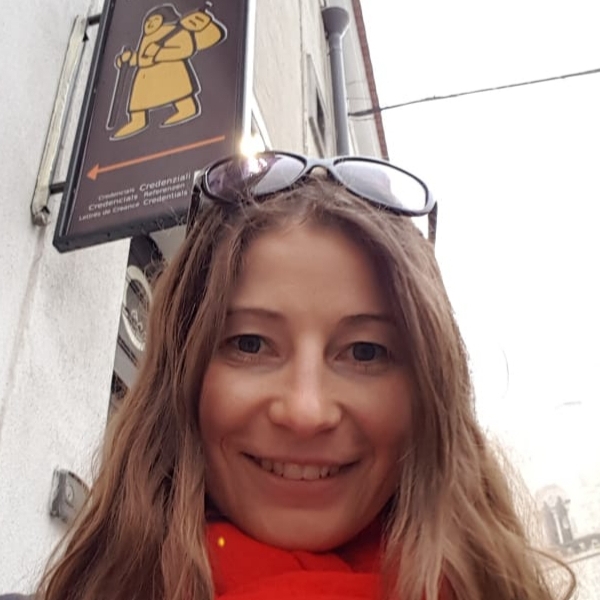
European projects and International relations advisor. With her extended work experience in international organisations and academic background in cultural management, Elena oversees international relations and manages European projects of the EAVF. A travel enthusiast, she spends her free time backpacking all over the world.
Maria Laura Gasparini is a tourism professional with over 10 years of work experience in the travel and hospitality sector. She has a degree in Tourism Economics and Management from the University of Bologna and has specialised in the role of sustainability indicators as policy making tools. Her main research interests are sustainability monitoring, community-based tourism and regenerative tourism. She is currently Research Fellow at the Center for Advanced Studies in Tourism, Bologna University, where she is contributing to the management of several EU funded projects, such as rurAllure and Fab Routes, focused on cultural routes and rural development.
Patrizia Battilani is a UNIBO Economic Historian. Her research focuses on cultural heritage valorisation, public history and economic history. She has been visiting scholar at the University of Sidney (2013) and Glasgow (2018 and 2019). She served as director of the Bachelor degree in Tourism Economics (2012-2016). She has experience on participating and managing national and international projects as Head of CAST, the UNIBO Center for tourism study. She is responsible for the UNIBO Unit of the Interreg Italy-Croatia project Recolor (Reviving and EnhanCing artwOrks and Landscapes Of the adRiatic). Between 2018 and 2019 she coordinated a transnational research on dissonant heritage focusing on the European cultural route ATRIUM. Her last publications include How to cope with dissonant heritage: a way towards sustainable tourism development in Journal of Sustainable tourism (2018) with A. Mariotti and C. Bernini.
https://www.unibo.it/sitoweb/patrizia.battilani/en
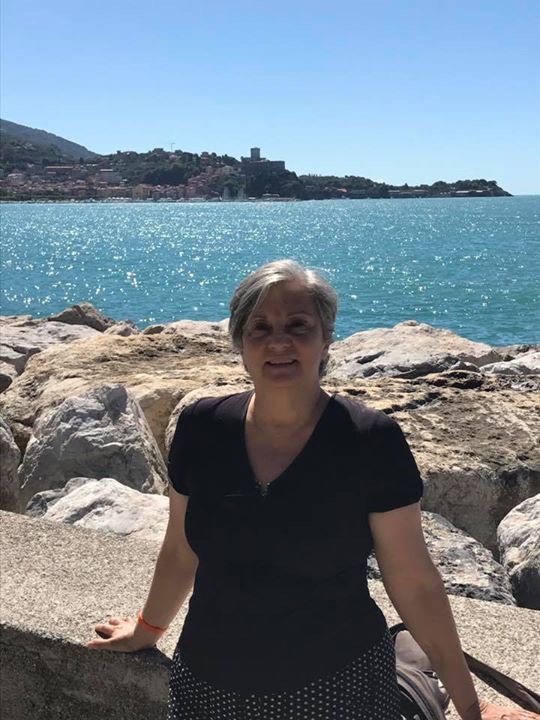
Fiorella Dallari has been a Professor of Alma Mater (PAM) since 1 November 2018, former associate professor of Political and Economic Geography since 2004 at the Rimini Campus of the Alma Mater Studiorum – University of Bologna in the Department for Life Quality Studies. In 1972 she began his research activity in the Faculty of Economics and from 1980 on didactic activity in the geographic field (disciplinary sector M-GGR / 02), with a 1st level national qualification (2012). In the field of research, she deals with tourism geography, economic-political geography and regional geography. Currently his research topics are: Local and sustainable development; Heritage and sustainable tourism; Pilgrimages, cultural itineraries and tourist routes; cooperation and sustainable tourism; Heritage, social participation and citizenship; UNESCO Heritage and Religious Heritage.
Fiorella is also founding-editor of “AlmaTourism, Journal of Tourism, Culture and Territorial Development”, a scientific journal of the University of Bologna. Engaged in national and international research projects, she collaborates with UNESCO (UNITWIN Network “Culture, Tourism, Development”; UNESCO Italian Chairs “Territory, Sustainability, Tourism” – TEST, of which she is responsible for tourism; Mediterranean Unesco Chairs – MUNCH), ICOMOS (International Scientific Committee on Places of Religion and Ritual – PRERICO member and coordinator of the Prerico National Committee). For nearly twenty years she has collaborated and collaborates with some itineraries recognized by the Council of Europe (in particular, she is president of European Association of the Vie Francigene, the Via Romea Germanica and the Romea Strata Scientific Committees).
Author of over 150 publications, she received the Vallega prize for research on cultural-historical itineraries (2008).


Lorem ipsum dolor sit amet, consectetur adipiscing elit. Vivamus vulputate velit sed vestibulum vestibulum. Pellentesque varius accumsan mi, sit amet euismod dolor egestas nec. Aenean scelerisque magna et tortor porta mattis. In molestie id neque id posuere. Sed quis lacinia nunc. In metus felis, maximus vitae urna ut, scelerisque mattis eros. Vestibulum quis turpis at enim volutpat commodo. Donec aliquet tellus eget ligula viverra aliquam luctus non mi. Nunc a quam ac nisi tristique imperdiet. Nullam in auctor elit, eu congue mi. Sed quis nisi pharetra, convallis turpis vitae, fringilla neque. Etiam non lectus lorem.
Aenean et vulputate quam, et sodales tortor. Suspendisse fringilla euismod ultricies. Quisque pulvinar leo mauris, eget dignissim turpis bibendum ac. Integer semper consequat magna. Donec ornare risus at justo eleifend pellentesque sed sit amet turpis. Aliquam id nibh id nibh dictum rutrum non et enim. Cras at varius massa. Duis tempus sed lectus et lacinia. Morbi imperdiet lorem vel mollis lacinia. Cras vel tincidunt ex, eget congue enim. Sed et gravida orci. Maecenas lobortis vulputate mattis.